Introduction
Airplane trails, colloquially known as contrails, are a common sight in the skies. They arise when water vapor from aircraft engine exhaust meets the frigid temperatures at high altitudes, forming ice crystals. While many observe these trails without a second thought, there is a rising curiosity—indeed, concern—regarding the potential presence of hazardous chemicals within them. This article aims to dissect this layered inquiry, providing insights not only into the composition of contrails but also examining the environmental and health implications tied to them.
What Are Contrails?
Contrails, short for condensation trails, primarily consist of water vapor. When aircraft engines operate at high altitudes, they emit water vapor and particulates. Under specific atmospheric conditions—primarily low temperatures and high humidity—this vapor condenses and freezes, leading to the formation of ice crystals. The dense clouds that result can linger for hours, extending across the sky and potentially affecting weather patterns.
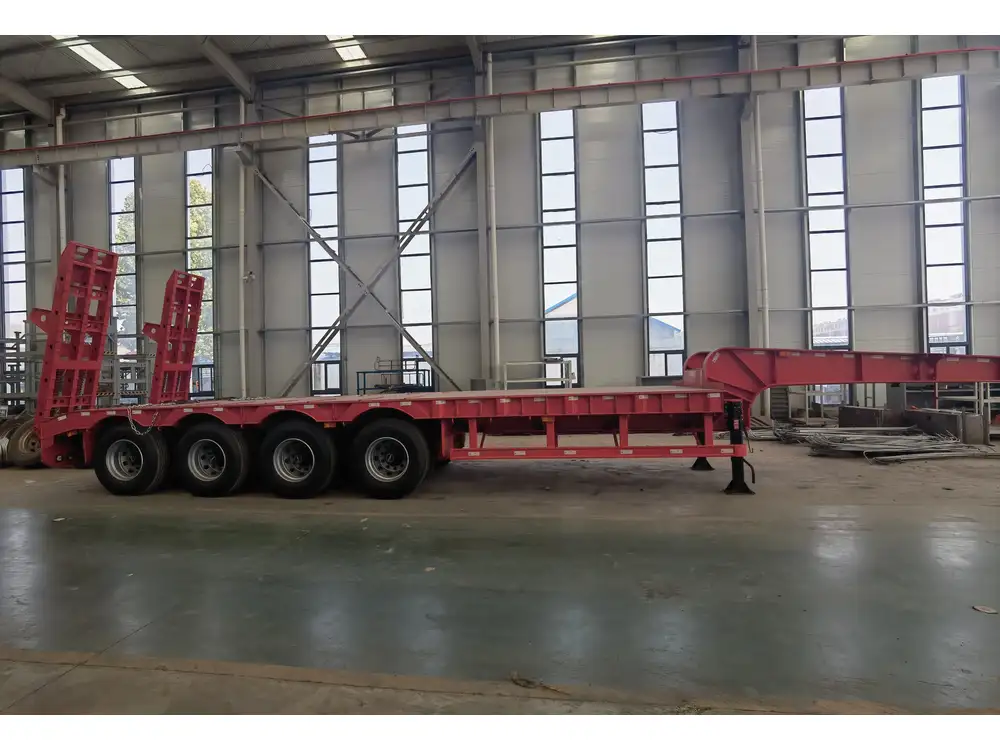
Types of Contrails
| Type | Description | Duration |
|---|---|---|
| Short-lived | Last only a few minutes, dissipating quickly | Minutes |
| Persistent | Can last for hours, contributing to cirrus cloud formation | Hours |
| Spreading | Results when warm, moist air lingers, creating extensive cloud cover | Extended periods |
Understanding the dynamics of contrail formation helps elucidate concerns regarding potential chemicals present within them.
The Chemical Composition of Contrails
Aircraft Emissions
During flight, aircraft emit various substances, including:
- Carbon Dioxide (CO2): A natural byproduct of combustion.
- Water Vapor: The primary component of contrails.
- Nitrogen Oxides (NOx): Formed from atmospheric nitrogen and oxygen, contributing to ozone formation.
- Particulate Matter: Relatively small particles that can include unburned hydrocarbons, soot, and metals.
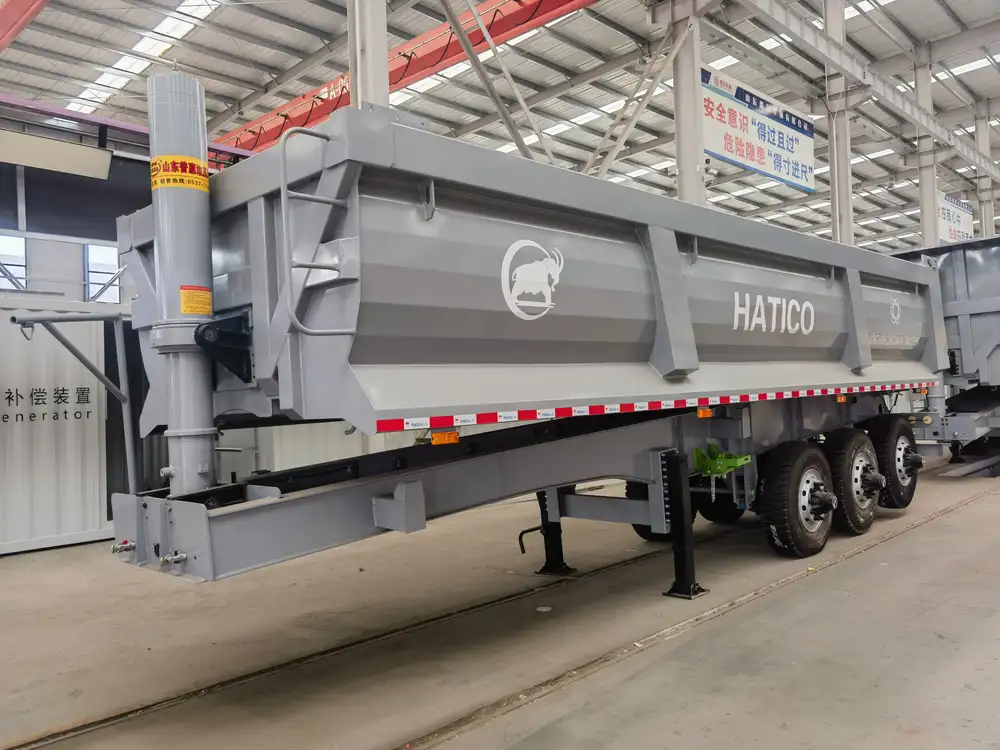
Are Hazardous Chemicals Present?
Delving deeper into the question at hand, we assess the potential for hazardous chemicals in contrails. The following points provide clarity:
Chemical Additives in Fuel: Commercial jet fuel, primarily Jet A, contains various hydrocarbons and may have additives to prevent icing and improve combustion efficiency. However, these additives are subject to stringent regulations to ensure safety.
Health Implications of SOx and NOx: Sulfur oxides (SOx) and nitrogen oxides (NOx) contribute to air quality degradation and can lead to respiratory issues when concentrated. However, the dissipation of contrails and their distance from ground-level emission sources dilute these effects significantly.
Environmental Impact of Contrails
Global Warming Potential
Contrails contribute to climate change, albeit indirectly. The ice crystals formed in contrails can trap infrared radiation, thus potentially contributing to the greenhouse effect.
| Mechanism | Description |
|---|---|
| Ice Crystal Formation | Act as a barrier to outgoing heat, exacerbating warming |
| Interaction with Cirrus Clouds | Modify cloud cover, which can either cool or warm the planet depending on local conditions |
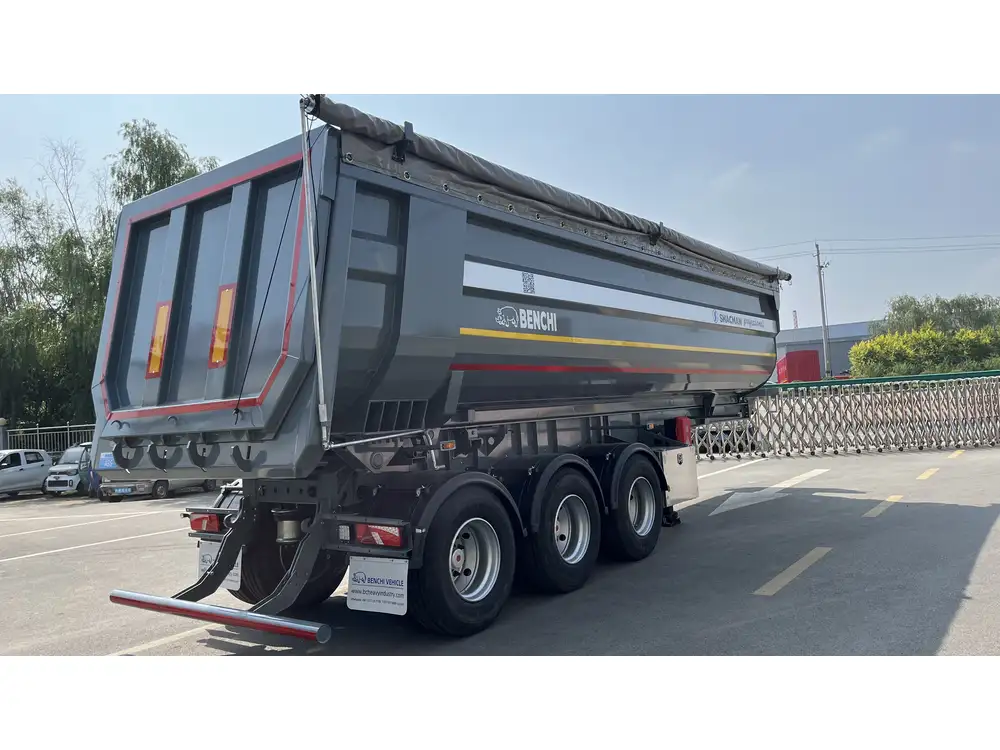
Aviation and Air Quality
While aviation is a major source of greenhouse emissions, efforts to mitigate these impacts are ongoing. Innovations in fuel efficiency, alternative fuels, and engine technology are pivotal in reducing harmful emissions associated with contrails.
Health Concerns Related to Contrails
The concerns regarding health effects stem not from contrails per se, but from the broader implications of aviation-related pollution:
Air Quality and Respiratory Issues
Short-Term Exposure: While individuals living near airports may experience increased exposure due to ground-level emissions, the dilution effect of atmospheric mixing minimizes risk from contrails.
Chronic Exposure: Longer-term repercussions of aviation emissions, such as increased asthma and other respiratory ailments, have been documented. However, these are generally associated with ground-level pollution rather than contrails themselves.
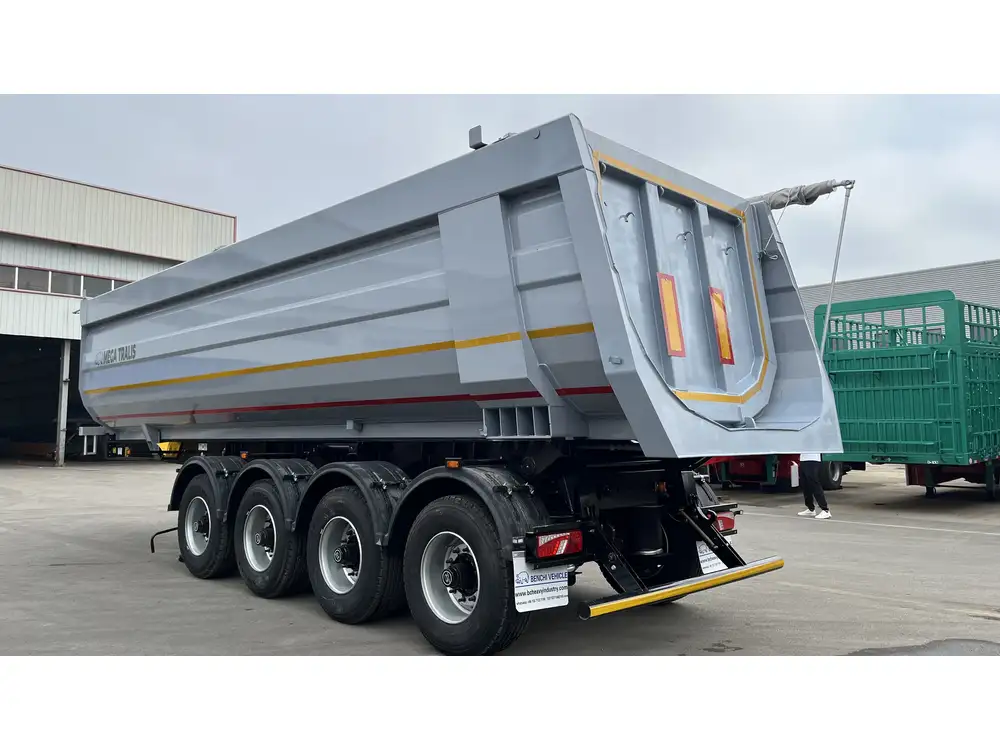
The Role of Climate in Contrail Formation
Weather conditions play a crucial role in whether contrails form and how long they persist. Factors such as humidity, temperature, and altitude can significantly affect their behavior and implications:
Meteorological Conditions Favoring Contrails
- High Humidity: In regions with elevated moisture levels at cruising altitudes, contrail formation is almost guaranteed.
- Cold Temperatures: The lower the temperature, the longer contrails may persist, potentially leading to significant cloud cover.
Examining meteorological data allows for better understanding of how and when contrails might affect local climates and air quality.
The Controversy Surrounding Chemtrails
A portion of public concern revolves around the “chemtrail” conspiracy theory, which postulates that government or military entities are deliberately dispersing harmful substances through aircraft trails. While such assertions lack credible scientific backing, they highlight the need for transparent communication regarding aviation emissions and contrail formation.
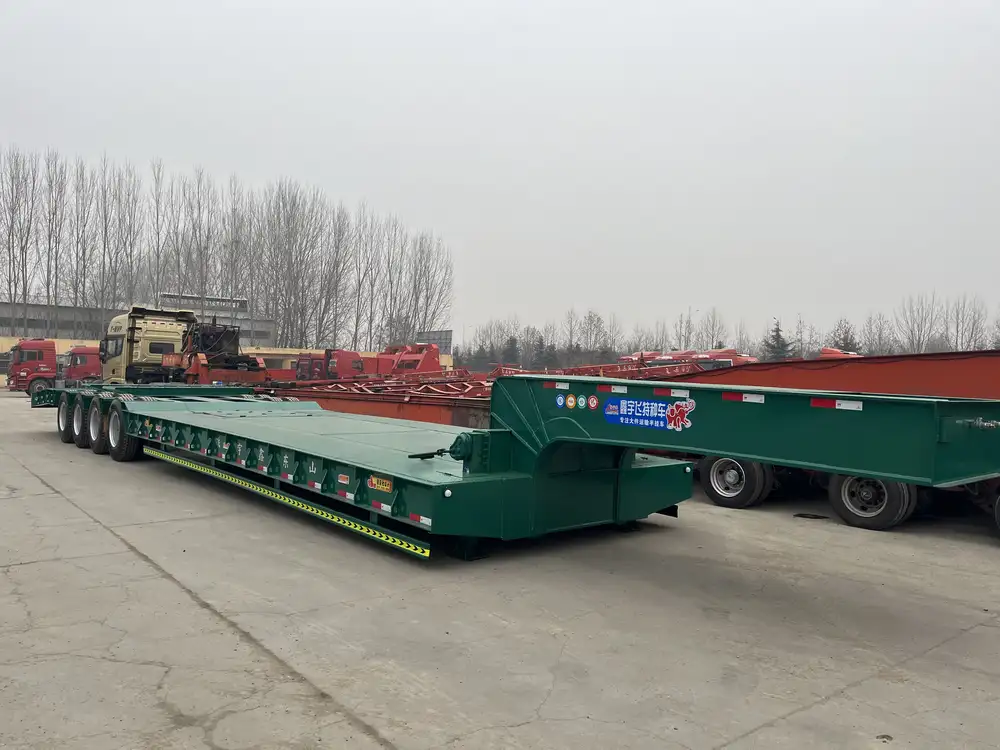
Dissecting Chemtrails
| Argument Against Chemtrails | Explanation |
|---|---|
| Lack of Evidence | Extensive research and studies debunk the existence of deliberate chemical spraying. |
| Scientific Consensus | The scientific community overwhelmingly supports the understanding of contrail formation as a natural phenomenon associated with aircraft exhaust. |
Conclusion
In conclusion, although airplane contrails are indeed produced as a result of aircraft emissions—including water vapor and other exhaust constituents—they do not contain hazardous chemicals in any significant capacity. The public’s concern is understandable, given the visibility of contrails and their potential environmental impact. However, when examined through a scientific lens, the composition of contrails reveals largely benign properties, primarily consisting of water vapor and minimal additional substances.
Efforts to enhance emissions regulation and improve fuel efficiency continue, working toward a more sustainable aviation future. As further studies unfold and technologies advance, public perceptions may shift more firmly towards understanding the nuances of airplane trails, steering clear from fears grounded in unfounded theories.
Engaging with factual information and fostering discussions about airplane emissions can help bridge the gap between public concern and scientific understanding, ensuring that knowledge prevails in an age where critical thinking is paramount.
By prioritizing transparency and fostering informed conversations, stakeholders can better address the evolving dialogue surrounding aviation, climate change, and public health—ultimately steering towards a more informed aviation future.



